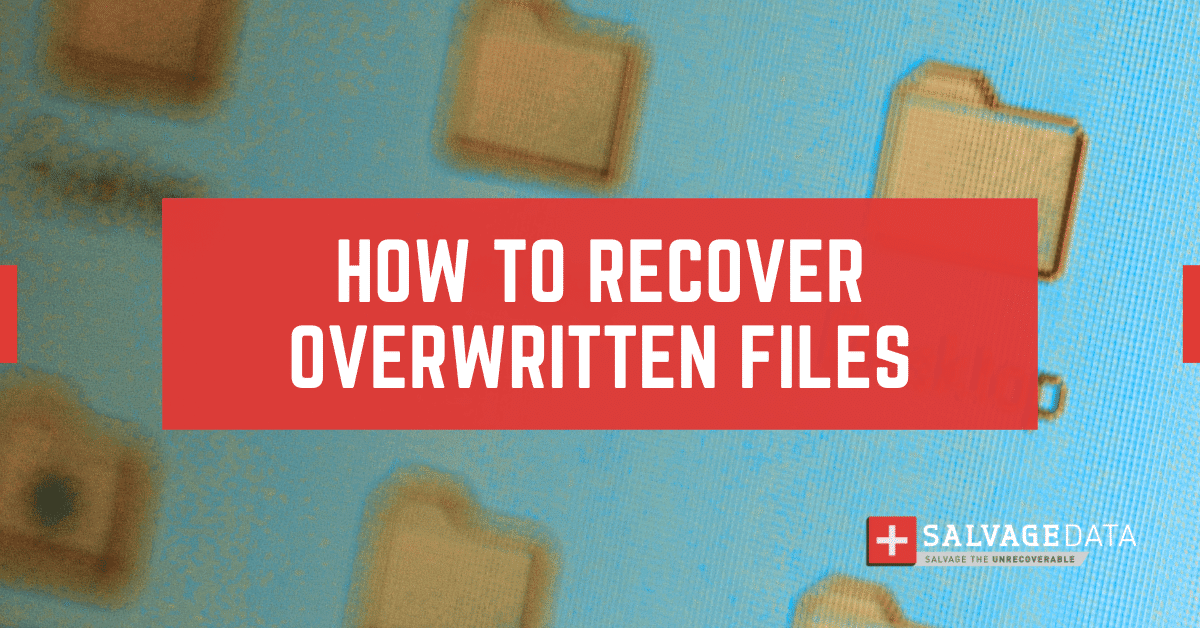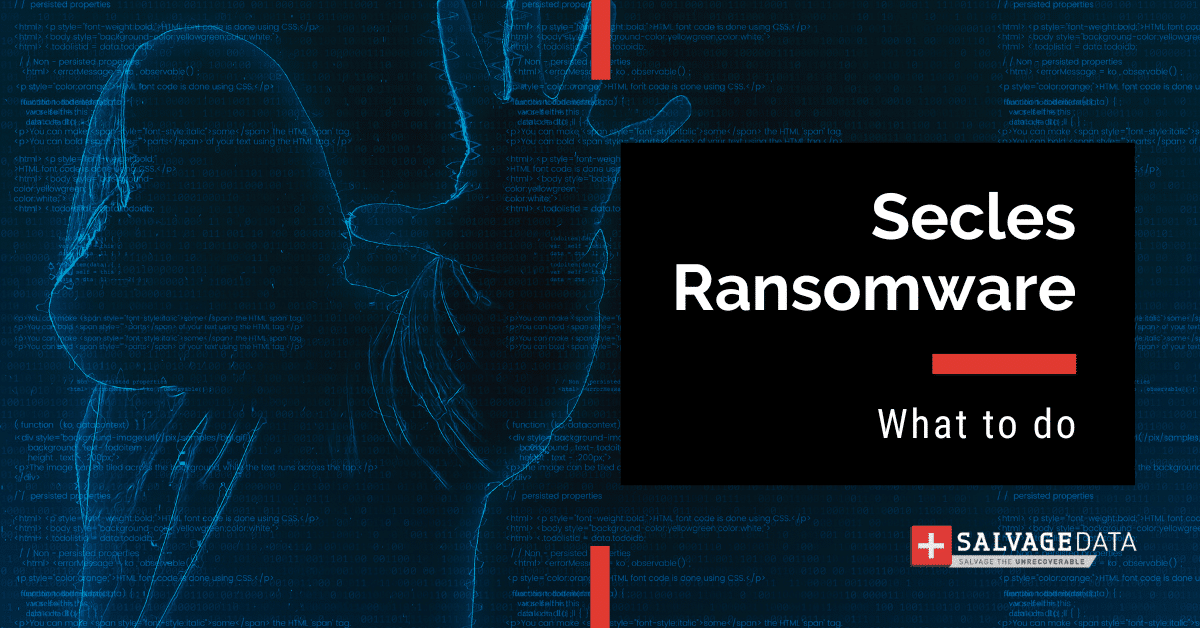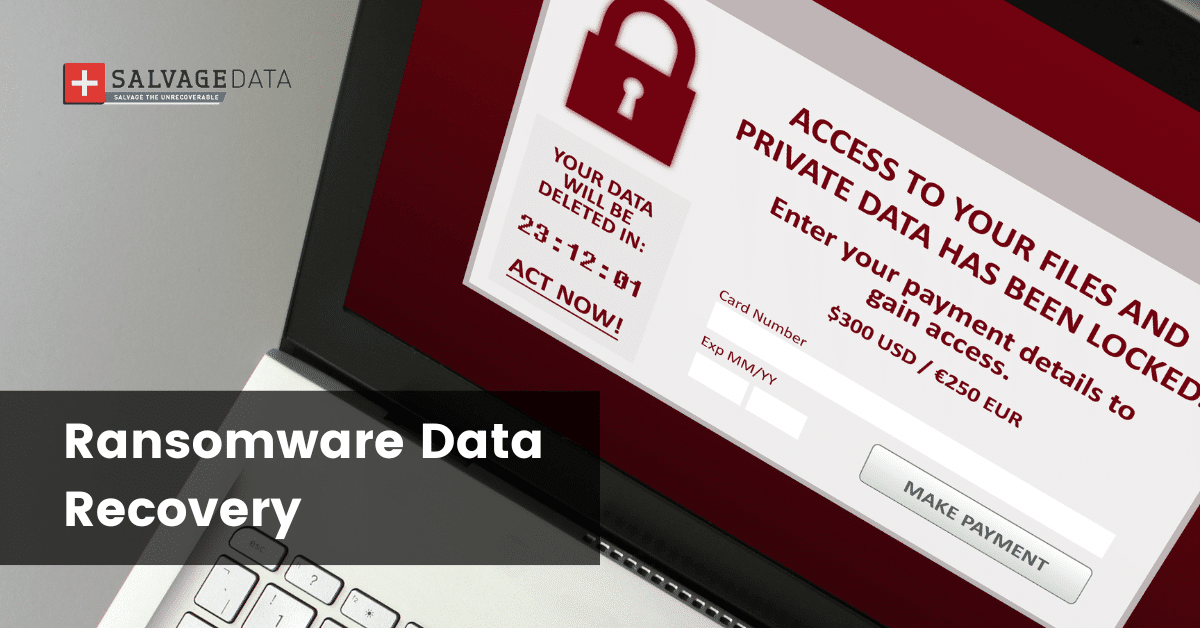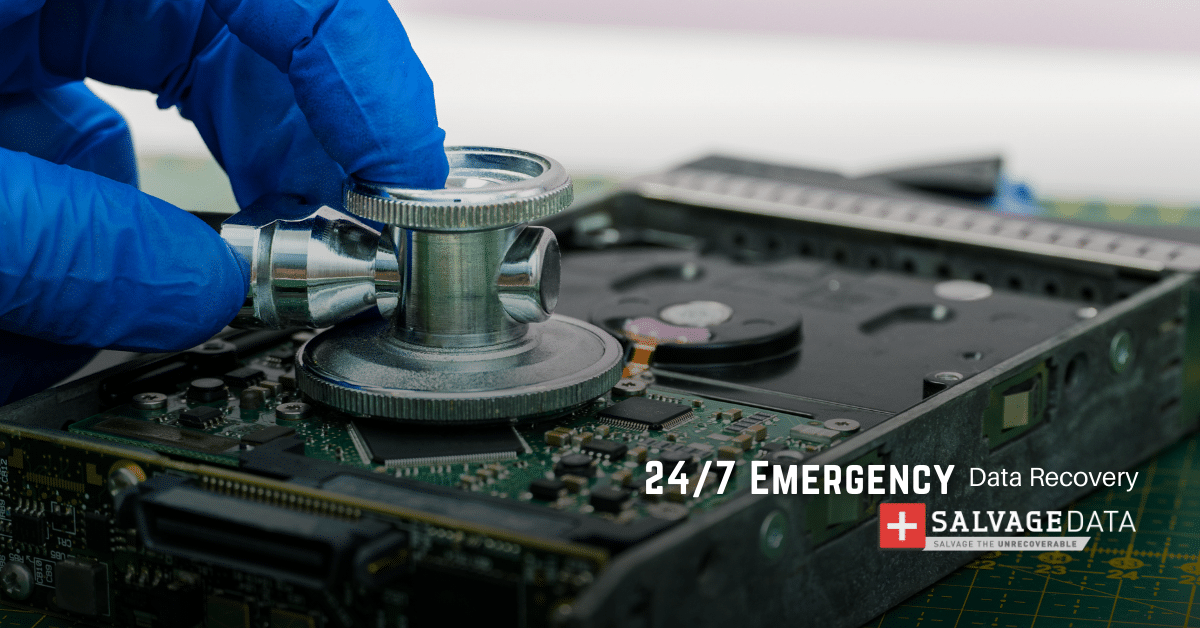Recent Articles
How To Recover Overwritten Files
The Snowflake Data Breach: A Comprehensive Overview
Mac Not Recognizing External Hard Drive: Quick Fix Solutions
How Multi-Cloud Backup Solutions Can Prevent Data Disasters
Capibara Ransomware: What is it & How to Remove
What Should a Company Do After a Data Breach: The Ticketmaster Incident
Secles Ransomware: Removal Guide
What To Do When Your Chromebook Freezes
How to Create Hyper-V Backup
What Is The Best Data Recovery Software For PC

I think there's an issue with my storage device, but I'm not sure Start a free evaluation →
I need help getting my data back right now Call now (800) 972-3282
If your device has been hacked you must take immediate action to protect your data and restore your phone or iPhone safely.
Tablets and smartphones are an important part of most people’s routines. After all, one can keep every important document on them as well as access bank accounts through them. Therefore, when your device is compromised, you may get apprehensive as not only family pictures are in danger, but also all your sensitive data.
Were hacked or is it ransomware? Use our ransomware ID tool to find out if your hacked device contains malware.
Preventing your device from being hacked is the primary solution. However, if it already happened, then you must follow every precaution to minimize the damage and keep your data safe as well as protect your contacts.
How to know if your phone is hacked
If you suspect that your phone or other device has been hacked, there are several signs you can look for to confirm your suspicion.
As soon as you notice any of these signs, skip to our instructions below on what to do to protect your device and your personal information.
Here are some common signs:
Poor battery life or extreme battery usage
If your phone’s battery life has suddenly become shorter than usual or if it’s draining faster than usual, it could be a sign that your phone has been hacked.
Random unwanted app installs
If you notice apps on your phone that you don’t remember downloading, it could be a sign that your phone has been hacked.
Strange or inappropriate pop-ups
If you’re seeing non-stop pop-ups, bright, flashing ads, or X-rated content popping up on your phone, it could be a sign that your phone has been hacked.
Texts or calls not made by you
If you notice texts or calls from your phone that you didn’t make, it could be a sign that your phone has been hacked.
Higher than normal data usage
If you notice that your phone is using more data than usual, it could be a sign that your phone has been hacked.
What to do if your device was hacked
If you suspect that your device has been hacked, there are several steps you can take to address the issue. By following these steps, you can help prevent future hacks and keep your personal information safe.
1. Disconnect from the internet
If you suspect that your device has been hacked, disconnect it from the internet immediately. This will prevent the hacker from accessing your device and any sensitive information on it.
2. Remove suspicious apps
Look for any apps that you don’t remember downloading and remove them. If you’re using an iPhone, navigate to Settings and scroll down to see all the apps on your device. If you’re using an Android device, go to “Apps” in your settings and look for any unfamiliar apps.
3. Run a security scan
Use a reputable mobile security app to scan your device for malware and potentially harmful files. The security app will detect any malicious apps and files on your phone and isolate them so you can decide the next step.
4. Change your passwords
Change your passwords for all accounts that may have been compromised. Make sure to use strong, unique passwords that are not easily guessable. Consider using a password manager to generate and store strong passwords.
5. Contact your bank
Contact any financial services or e-commerce businesses that have your credit card or bank account information to alert them of the potential breach.
As an additional measure, remove saved credit cards from applications. Create fraud alerts for your credit to prevent any unauthorized activity on your accounts.
6. Watch your accounts and check your credit reports
After a data breach, it’s essential to be vigilant and pay extra attention to your account activity. That includes your account at the company that suffered the breach, as well as your bank account and other financial accounts. Read your credit card statements and watch for suspicious transactions.
7. Notify your contacts
If your device has been hacked, let your contacts know that they shouldn’t click any suspicious-looking links they may have received from you.
8. Reboot your device in safe mode
If you want to try removing hackers and malware without erasing your device and starting over, start by entering safe mode. The process for entering safe mode varies depending on your device, but you can usually find instructions by doing a quick search online.
9. Factory reset your device
If you still believe someone else has taken control of your device, your last resort is to factory reset your device. Doing so removes all files and apps from your phone, but it ensures that whatever the hacker used to gain entry will also be removed.
10. Contact a data recovery service
Data recovery professionals can remove malware and ransomware from your device and restore your data safely. Make sure to collect every detail about the malware and send it to the service you contact. If your data is encrypted, you can identify the ransomware using an ID tool. SalvageData experts guarantee your data back fast and securely.
How you can prevent getting hacked
If your device has been hacked, you can restore it by following these steps:
- Avoid public Wi-Fi. Avoid using public Wi-Fi networks, as these are often unsecured and can be easily hacked.
- Secure your log-in process. Use two-factor authentication whenever possible to secure your login process. This adds an extra layer of security to your accounts and makes it more difficult for hackers to gain access.
- Install and run mobile antivirus software. Install reputable antivirus and antimalware software on your devices to detect and protect against known threats. Keep the software up to date with the latest virus definitions.
- Keep software and devices updated. Regularly update your operating systems, software, and applications to ensure you have the latest security patches and bug fixes. Enable automatic updates whenever possible.
- Use strong and unique passwords. Create strong and complex passwords for all your online accounts and avoid reusing them. Consider using a password manager to securely store and manage your passwords.













